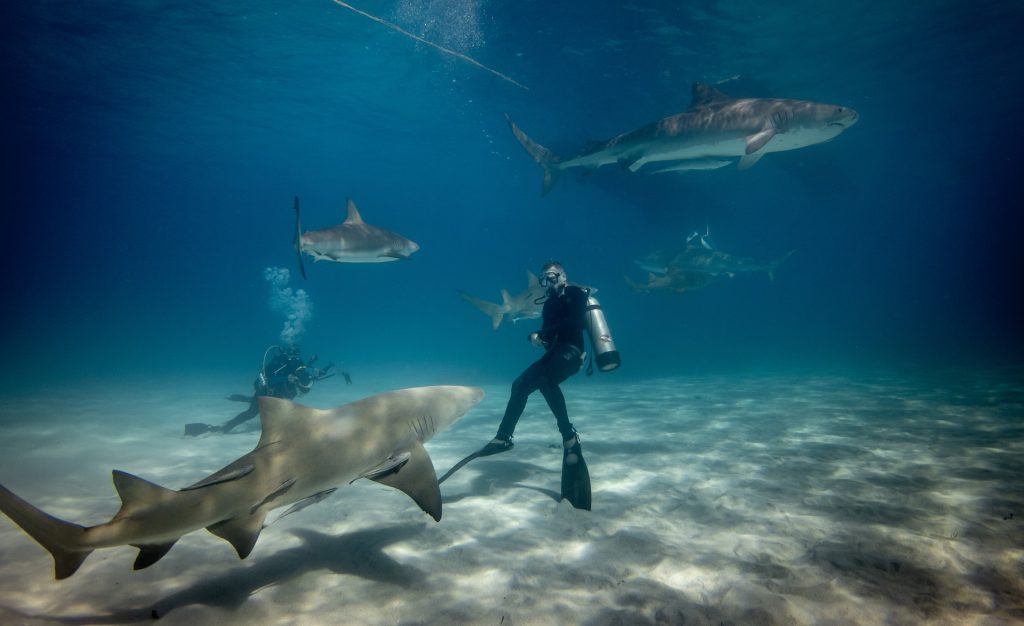These majestic giants of the sea appear in the Maldives all year round – a feat not replicated around the world. Known as the largest fish, they weigh over 20 tons and are capable of reaching a length of 18 metres, the largest living nonmammalian vertebrate. Quite gentle for their size, the whale shark feed on krill, small shrimp, and plankton for their diet, using their rakers with which they cannot chew or bite.
Whale Shark Typology and Behavior
Whale sharks are one of three species of filter-feeding sharks, along with two brethren species – the Megamouth and the Basking sharks, smaller variants that live in colder waters. The whale shark is highly migratory and difficult to follow, travelling thousands of miles to different feeding grounds. Thanks to constant recovery efforts around the world, the behaviour of these creatures is now more easily tracked.
Best Seasons in the Maldives to Meet Whale Sharks
Luckily for everyone, the whale sharks can be seen all year round in the South Ari Atoll, easily within reach from properties such as The Residence Maldives Dhigurah, also known as one of the best Maldives resorts for snorkelling. You can also find them in the Baa Atoll around May to November – but the South Ari Atoll is the prime hotspot, with the presence of phytoplankton throughout the year, and stable enough temperatures to grow to maturity without an issue.
Whale Shark Encounter Guidelines

Whale Shark Encounter – Photo by Gerald Schömbs on Unsplash
Before encountering any kind of whale shark, make sure you’re aware of the MWSRP guidelines for encountering these animals – containing such rules as the banning of touch, distance rules, and movement guidelines so as not to startle or harass them. In the end, it’s our responsibility to gently interact with these animals and appreciate them, without harming the way they go about life.
Global and Local Efforts for Protection
Before protection laws and guidelines, the whale shark was hunted for skin and liver oil, like the manta rays. This caused a huge decline in the span of 25 years – but global bodies have largely halted this practice, with organizations like the IUCN putting the shark on the Red List of Threatened Species. Locally, the MWSRP protects the creatures along with a few sanctuaries created over time.





